Drone and Construction Staking
|
|
Are drones a useful tool for construction staking?
|
|
I haven't done any construction staking for over 20 years nor have I had the opportunity to see if a drone can be used in some way on a construction site.
|
|
I jumped at the chance when Cooper Aerial got the opportunity to stake out a building pad on a small residential site.
The goal was to see in what way can I use a drone for quality control for checking the location and grades set by the survey crew.
|
|
After the crew set the rough grade stakes for the building pad, I flew the site for a rectified orthomosaic to determine if it would be of any use in checking the staking.
Part of my due diligence is to review the staking process and cut/fill stakes to insure that they meet the design plans.
After doing the normal checks by reviewing the field notes and layout procedures to confirm that the stakes were in the right location I then flew the site.
|
|
The rectified orthomosaic was constrained to 5 GCPs for this site.
|
|
The area of the building pad was then reviewed first for horizontal position by zooming in to each staked position to determine visually if the staked point was in the location of the painted hub.
Due to the flying height for the Mavic 2 Pro of 150 AGL with a GSD of 1.07 cm it was difficult to see the hub clearly. I was able to determine that the hub was within a few tenths horizontally.
|
|
The guard lath was position away from the hub by about 0.5' to aid in locating the hub which is pixelated when zoomed in.
|
|
Next I read the elevation at the hub location using Metashape Pro then compared it with the actual elevation that was determined by direct levels.
|
|
I was actually quite surprised at just how minimal the difference was. The range was from 0.03' to 0.10'. This is plenty close to determine if a 1' or more bust was made when they were staked.
|
|
Conclusion
Would this method work on large construction sites? I don't think it is practical. For small residential sites it does work for sanity checks and documentation purposes.
Nothing will replace the due diligence needed by reviewing the staking notes and having a well trained survey crew.
I do like the orthomosaic for documentation purposes. It visually shows the location and grade checking within 0.10' if flown correctly.
I recall back in my staking days getting blamed for things not being built correctly. The surveyor always gets blamed first when something goes wrong. All that I had was my notes to defend myself from false accusations. By being able to produce a visual aid to show how things were staked correctly goes a long way in protecting the surveyor.
The drone is just another tool in my toolbox which I did not have many years ago.
|
|
"I fly drones for a living and write DIY surveying math/mapping books for fun!"
|
|
If you like the information provided above and would like to see more in future email posts, then consider purchasing some of my books to help support the effort. As all of you know, computer hardware, software and drones costs money. I put 100% of my book sales back into the business to write more books, buy drones to test and so forth.
Thank you all that have supported this effort. It is greatly appreciated.
|
|
Unique Surveying Math and Mapping Book Series,
Training and Reference Material Study Guides.
Open Survey Mapping Study Guide here.
Open Surveying Mathematics Study Guide here.
|
|
 |
Surveying Mathematics Made Simple Book Series.
One of the biggest hurdles to get through on the FS and PS exams is the surveying mathematics. It takes dedication to study and practice to master the math needed for the exam and throughout your surveying career.
This series of books will provide the necessary tools and step-by-step processes to bring it all together.
Each book in this series will build upon the last one to help you to become a true surveying professional.
|
|  |  |
Survey Mapping Made Simple Book Series.
Almost anyone can learn to fly a drone. Not everyone can truly master the skills that are required to use a drone for aerial survey mapping and get professional results.
This series of books will provide the necessary tools and step-by-step processes to bring it all together.
Each book in this series will build upon the last one to help you to become a true professional remote pilot.
|
|  |
|
|
SURVEYING MATHEMATICS MADE SIMPLE
CLICK/TAP BOOK IMAGE TO OPEN ON AMAZON.COM
SURVEYING MATH
BOOK SERIES
SURVEY MAPPING
BOOK SERIES
The following is a suggested study guideline for the new Part 107 Remote Pilot starting out in Survey Mapping that utilizes the Drone Books that are available on this website.
Start with Book 1 - Beyond the Basics.
Now that you have your Part 107 certification and a drone, build upon that by taking your knowledge and skill set to the next level for Survey Mapping.
A thorough understanding of the National Airspace System, Waivers and Airspace Authorization, Local drone laws, NOTAMS, METARS, Coordinated Universal Time, Urban and Rural environment, Drones and the Public, Flight logs, Checklists is required to be a master at Survey Mapping.
Next: Book 2 - What’s My Mission?.
There are two basic types of drones, Fixed Wing and Rotary Wing.
Which type of drone is best for your project will depend on several factors such as the size of the project, the location of the project, the Ground Sample Distance requirements, camera/sensor options and project budget.
For large project sites, an aerial company with a manned aircraft might be the better option.
Next: Book 3 - Time to Fly.
Mission planning starts with the project size, location and controlled airspace restrictions. Picking the right drone for the mission is critical to controlling the camera FOV, image Neat Area, airspeed of the drone, front/side image overlap. GCPs are required in order to process the imagery correctly.
Picking the mission planning software is key as well. Meeting the ASPRS Mapping Standards for a particular GSD is a primary factor when selecting a camera/sensor that will be utilized.
Next: Book 4 - Deliverables.
There are many deliverables that can be created from drone survey mapping imagery such as Orthomosaic, 3D Point Cloud, DSM, DTM, Volumes, Panoramas and Contours.
The level of accuracy will depend on the camera/sensor mounted on the drone. Not all camera/sensors are created equal. GCPs are required in order to rectify the imagery correctly.
Next: Book 5 - Emergencies.
This book discusses the difference between Accidents and Emergencies. It covers Spatial Awareness, Visual Line of Sight, Flight Planning, Risk Mitigation, RTH features, when to abort a mission, Emergency Landings and Drone recovery.
As the Pilot in Command, it is your responsibility to conduct a safe flight, avoid accidents, injury to people or property and to take appropriate action during an emergency.
Next: Book 6 - Operation Standards.
If you are a one person operation or you have several pilots operating UAVs in your organization, a Standard Operation Manual is a must. It provides the necessary details for day to day remote pilot operations. Insurance companies will require a Standard Operation Manual, pilot training and testing.
Fleet management and logbooks are part of the daily requirements for a successful drone operation.
Book 7 - Static - Fast Static.
For all survey mapping operations, Ground Control Points are going to be needed. If you have an RTK unit on your drone you still need GCPs for quality control assurance.
Using Fast Static (Rapid Static) is a viable solution for establishing higher order GCPs. Using survey grade RTK is what most survey companies use on a daily basis for establishing GCPs. Fast Static will increase the accuracy by 1 to 2 cm vs RTK.
Book 8 - Litchi.
Take your flight management to the next level by having complete control from takeoff, flight speed and landing.
Automated flight management apps work really well for most operations however you loose control of several elements of the flight such as speed of the drone and image capture rate.
Using Litchi will give you complete control of the entire flight.
Book 9 - Metashape.
Take your survey mapping to a professional level with Metashape Pro.
The layout and workflow is awesome. Clear step-by-step instructions using drone imagery to create orthomosaic, volumes, contours & DEM.
The survey reports are really professional done.
Book 10 - 3D Road Intersection.
This book focuses on surveying road intersections with drone aerial imagery, spot ground control, processing in Metashape Pro then exported to be used in Civil 3D to generate a 3D Road Intersection that can be utilized by engineers and surveyors for design and mapping purposes.
Book 11 - GIS Mapping.
This book focuses on creating a rectified orthomosaic that is accurate enough for GIS Mapping. The Bad Elf GNSS Surveyor unit is used to set GCPs and Metashape Pro is used for processing the rectified orthomosaic.















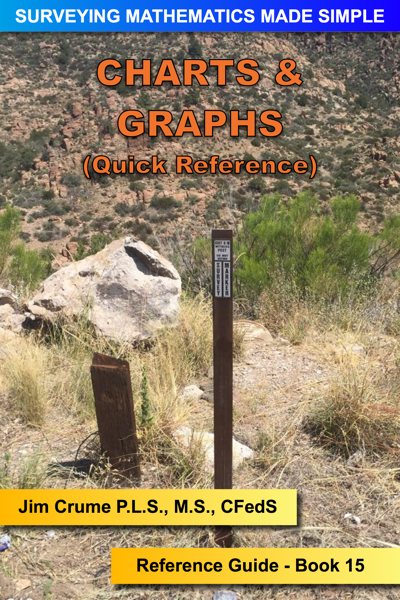



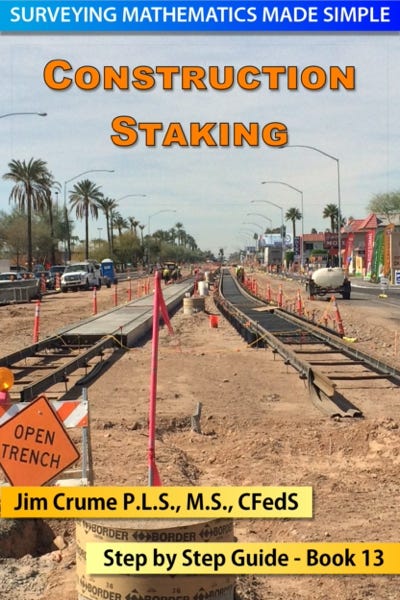
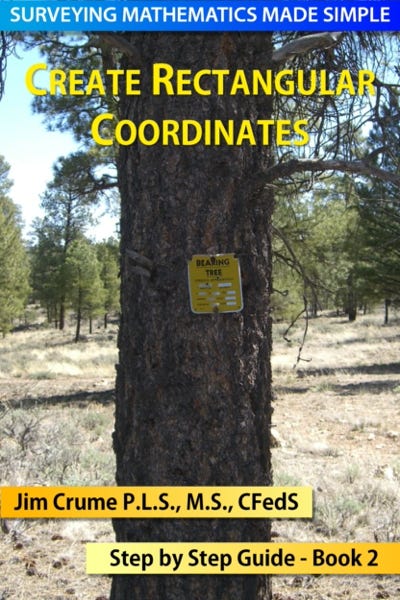

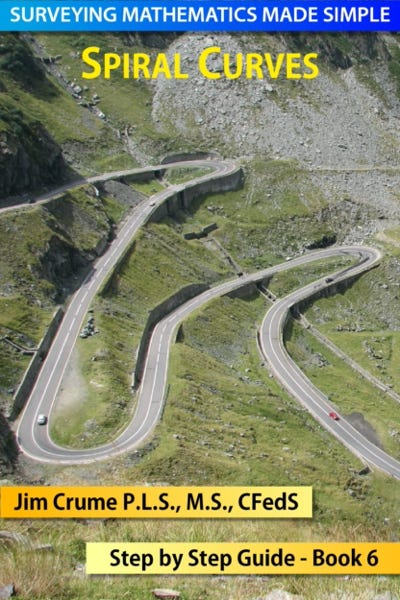
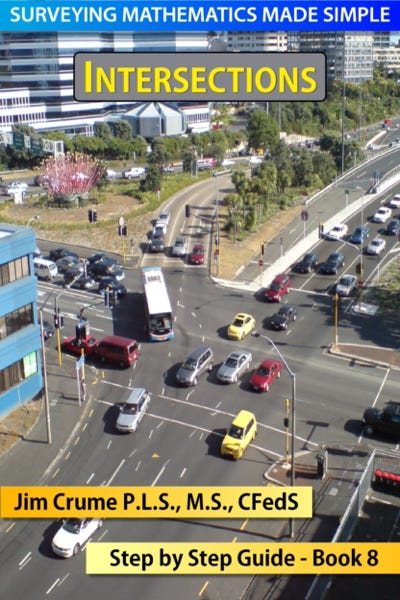

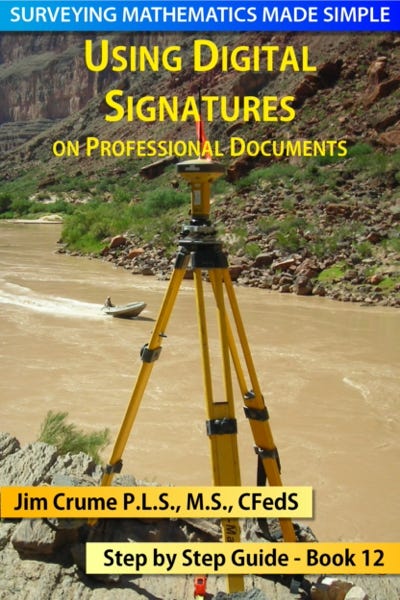
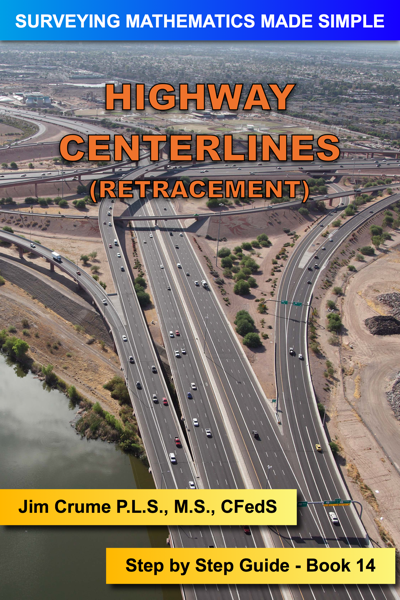



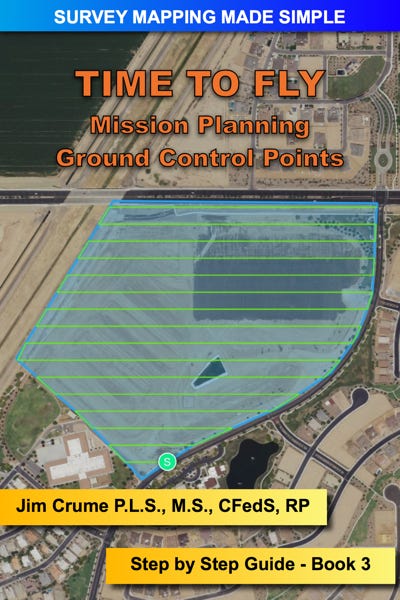


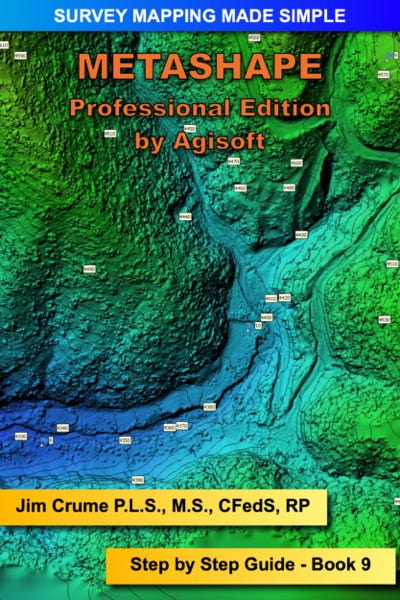
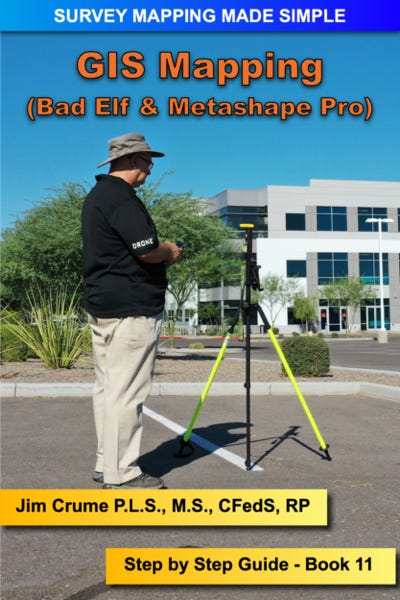






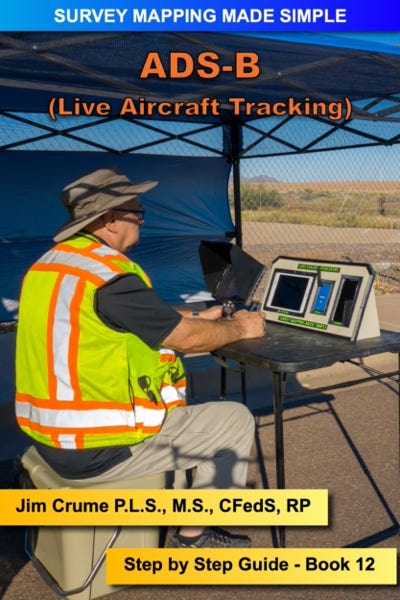









No comments:
Post a Comment